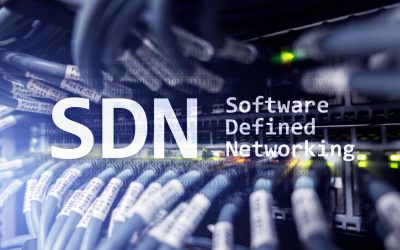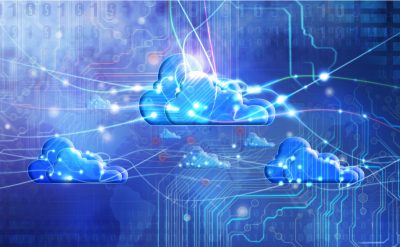What is Machine Learning? Machine learning is a defined set of steps used for data analysis that can be implemented for automating analytical model building. It’s a part of artificial intelligence based on the idea that models or programs can be built from a given data, identify patterns and improve as a system without any human interference.
Machine learning over the years has improved and developed into a concrete model of functions. Earlier machine learning was based on much smaller quantifiable decision making like pattern recognition and two-step decision making. Modern-day machine learning covers much broader tasks and creates a complex model that performs varied tasks. Researchers who saw artificial intelligence as disruptive technology wanted to see if computers could invariably learn from the data.
The model should be dynamic enough to inculcate the learning’s after iteration of data and adapt independently. The previous computational models helped in creating reliable, repeatable decisions and results.
Tom M. Mitchell provided a widely quoted definition of algorithm that is used in machine learning” A computer is said to learn from experience E with respect to some class of tasks T and performance measure P if its performance at tasks in T, as measured by P, improve the experience by E.” The definition is used to layout the exact concept of machine learning rather than defining based on cognitive abilities.
Why machine learning is important?
Growing volume of data sets, varieties in availed data, computational processing that has become cheaper and powerful with time and affordable data storage. All these gave the user, the benefit of quickly producing models that can analyze bigger, more complex data and deliver faster along with accurate results. Building precise models an organization has a better chance of identifying profitable opportunities to avoid risks.
Machine learning tasks are divided into defined categories
- Supervised Learning: The computer is presented with an example of inputs and as the user expects the desired output. It’s similar to teacher teaching child providing the information’s to seek a desired output from the child. Under the special cases, the input signal can only be partially available and the feedback would be organized.
- Semi-Supervised: The computer is given only a set of instructions and other parts it has to develop on its own. Most of the applications in modern are making use of machine learning with tasks defined by semi-supervised learning.
- Active Learning: A computer can only obtain a certain set of training labels for a limited set of instances. In an active learning, the optimization of choice for objects is used to acquire different labels.
- Unsupervised Learning: No labels can be given to the learning algorithm. The algorithm is left to find its own structure for its Unsupervised learning can help in finding hidden patterns in data and adapt to new learning.
- Reinforcement Learning: Data is only fed as a form of reward and punishments. Reinforced learning is part of feedback program action designed for a dynamic.
- After machine learning tasks one can also define machine learning categories based on its output,
- Classification: The inputs are divided into two or more classes. The model produces a classification in the classes for unknown input. Classification is the typical way of output for supervised input. Spam filtering is an example of classification, where the inputs are email messages.
- Regression: A supervised problem for the input and the output are continuous than discrete.
- Clustering: The set of inputs are divided into groups. The groups are rather known beforehand making it typically unsupervised task.
- Density Estimation: Finds the distribution of inputs in some space.
To know more about machine learning downloads our white papers.
Networking problems
Operational challenge is dealing with a huge number of devices, application, and network service data, crowding through the enterprise access infrastructure. Machine learning if applied in a channelized manner can provide an ideal solution for creating the pathways for intelligent network management.
The second big problem is automating the network within the grand closed loop. The use of machine learning and big data is the key to making the network complied with security and traffic.
Network managers wade through the volume of data from different Wi-Fi controllers, server logs and other data source to determine the health of the network and stack that can impact user performance. They manually apply different models with no definite results to check whether the changes worked or not.
Conventional network management tools are never designed or developed to deal with 21st-century compulsion.
Machine Learning a Solution
Machine learning is an ideal tool for automating the traditional infrastructure management processes that are performed manually. Enterprise management is specifically dealing with the complex architecture of networks and applications.
- Eliminate costly manual analysis and reduce the inconvenience caused due to the monitoring of various networks depending on data sources.
- Making recommendation and prediction for the entire network based on the different network performance problem.
- Ultimate machine learning would help in identifying the key points of the network that can cause future deterrence and distribute the function among the IT network staff.
Machine learning has a much better chance of identifying the potential risk in the network without analyzing each data point. Network managers have to go through the tasks of who, what, when, where and why with different network problems are occurring.
Conclusion
Network Managers armed with machine learning can better understand the complexities of the network along with the issues of making the network user-friendly with mobility solutions. Get recommendations for actions; ultimately automate the configuration and dealing with the operation of infrastructure.
To know more about the machine learning applications in networking download our white paper














